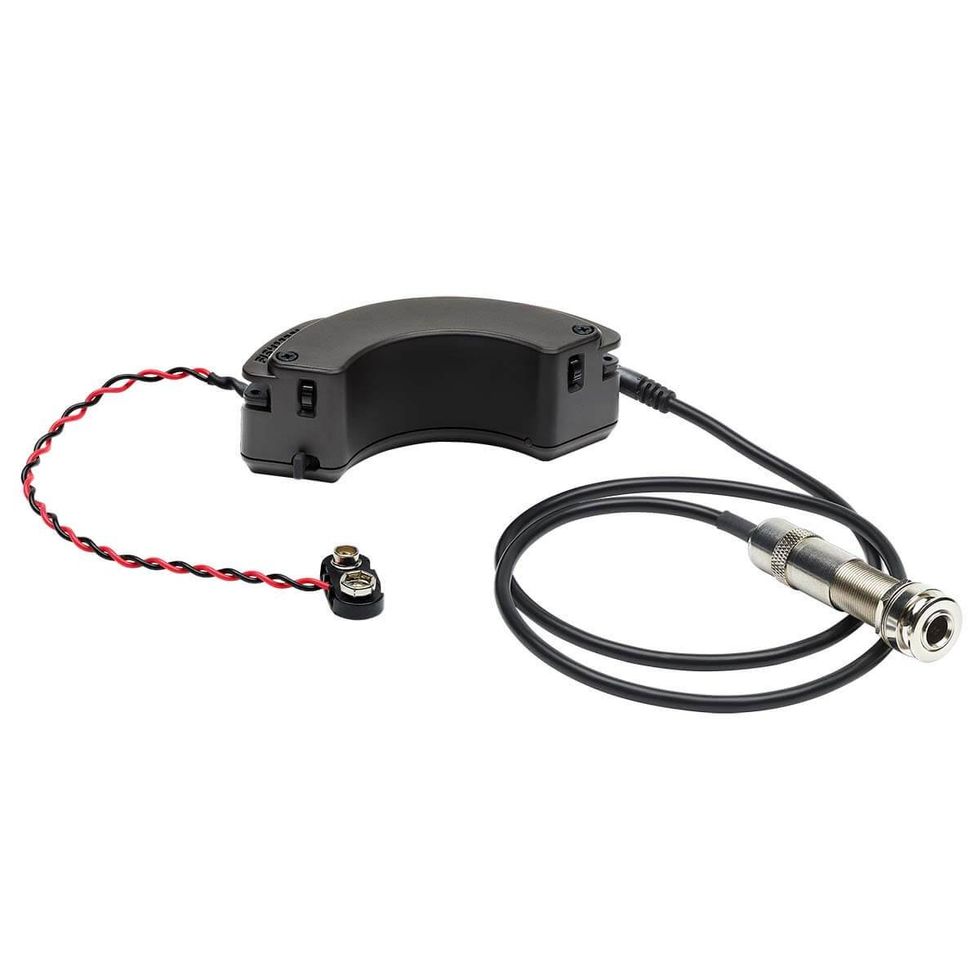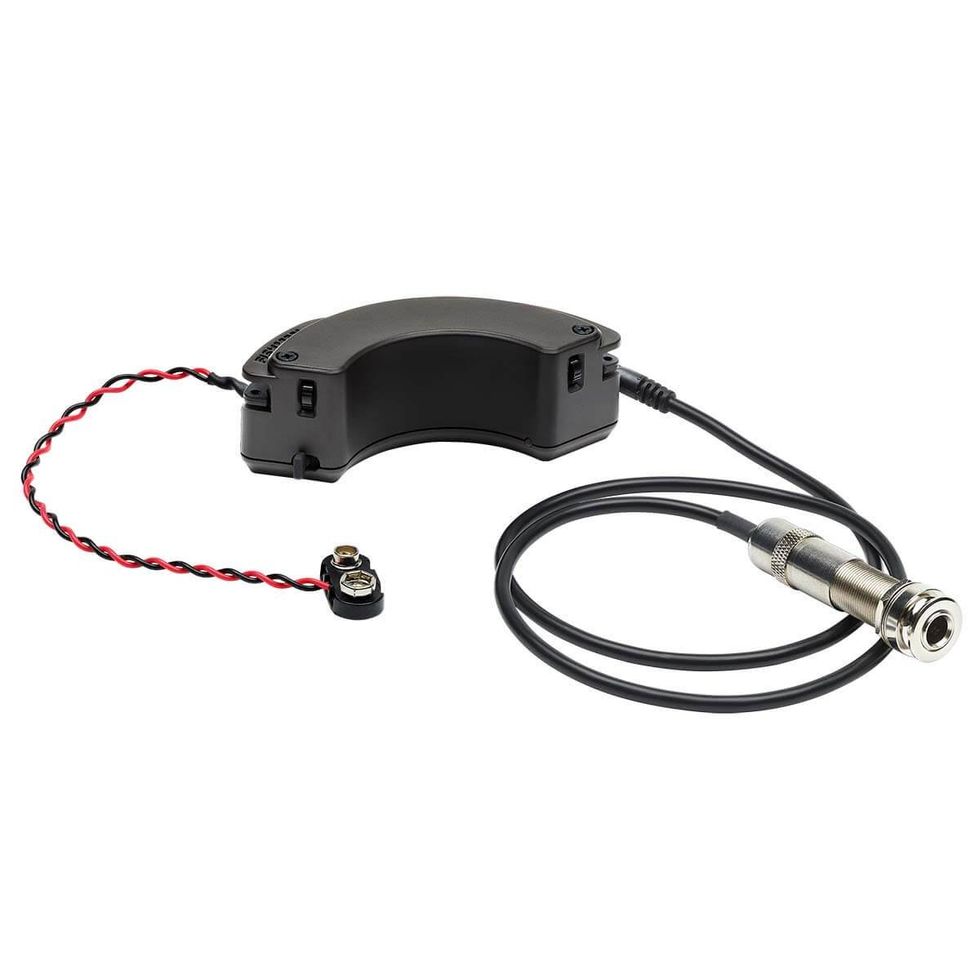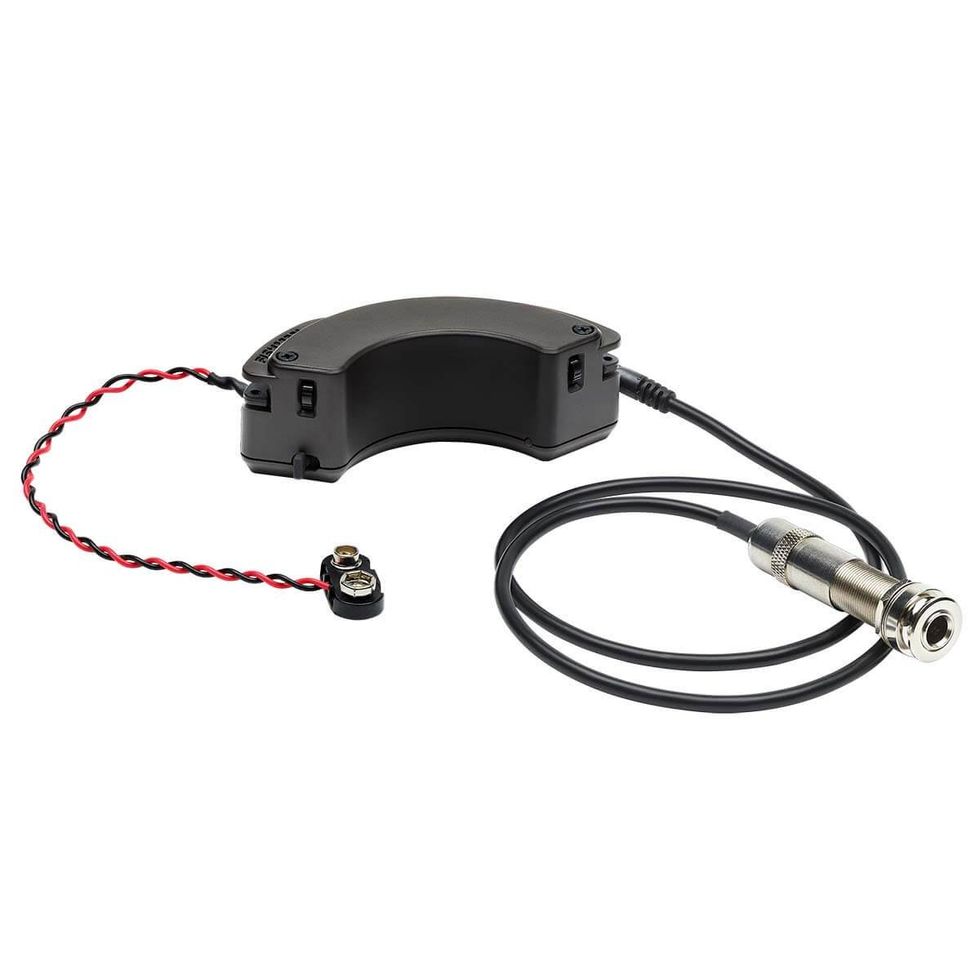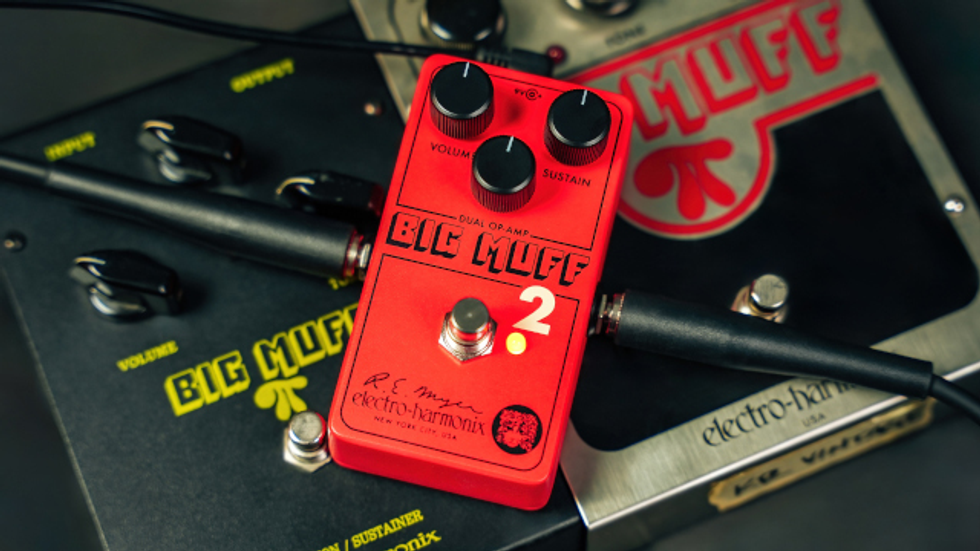 | |
|
I didn’t know at the time, of course, that I was in a Golden Era, but by 1970, when I opened my shop in Nashville, musicians as well as dealers who took in used instruments were well aware that the current new models made by Gibson and Fender weren’t quite up to the standards of those from the 1950s and early-1960s. I still have one of my handwritten inventory lists from 1973, which featured a 1958 sunburst Les Paul for $1200 and a ’60 for $1300 – already more than double the price of a new model.
Much has changed, as digital technology has revolutionized manufacturing, recording and amplification – just about everything except the electric guitar itself. The Golden Eras that we recognized in the early-1970s are still Golden Eras, and virtually no new ones have appeared. Here’s a quick rundown of the Golden Eras for various companies.
Pre-World War II Electrics
The period from 1932, when Rickenbacker introduced the modern electro-magnetic pickup, to World War II, when manufacturers curtailed electric production, is a fascinating period, but it was the dawning of an era rather than a Golden Era. With the exception of Rickenbacker’s electric Hawaiian guitars with the horseshoe-shaped pickup, which are as viable today as they were when they were new, and Gibson’s ES-150 and ES-250, with their “Charlie Christian” blade pickups, the typical prewar electrics had weak pickups or were cheaply made, and they fall far short of the Golden Era standards set by the acoustic guitars of Martin and Gibson during the same period.
Gibson, 1948-1965
The Golden Era for Gibson electrics is – not coincidentally – the same period that Ted McCarty was president of the company. McCarty oversaw important developments in electric archtops (the triple-pickup ES-5 and the artist signature models of the 1960s) and solidbodies (Les Pauls, Korinas, SGs), along with the humbucking pickup and the semi-hollowbody electric. Most musicians and collectors view these as some of the finest sounding and aesthetically pleasing electrics ever made.
Fender guitars and basses, 1950 to early 1965
Instruments made from 1950, when the Broadcaster (soon to be Telecaster) and Esquire were introduced, until Fender’s acquisition by CBS at the beginning of 1965, are viewed as the ultimate Fenders. In the opinion of most players, as well as collectors, these instruments remain unrivaled in tone. Fender basses made from the introduction of the Precision in 1951 through the end of the Leo Fender era are considered to be the finest ever made by the company.
Rickenbacker guitars and basses, 1950s-1960s
The Golden Era for Rickenbackers began in the 1950s with the Spanish-neck models designed by Roger Rossmeisl. Rick’s 12-string electrics are among the most collectible 12-strings ever made by any manufacturer, and their neck-thru-body basses have always been highly regarded. Unlike Gibson and Fender, Rick’s Golden Era is not tied in with an ownership or management change, but with the end of the “toaster top” pickups and checkered binding.
Epiphone, 1958-1965
While there are some collectible and historically important Epi electrics from the late 1940s and early 1950s, it wasn’t until Gibson bought Epiphone in 1958 and began making Epis in the Gibson plant that any semblance of a Golden Era began for Epiphone. It ended when Gibson’s Golden Era ended, with Ted McCarty’s departure.
Gretsch
Gretsch collectors may disagree, but the classic era for Gretsch electrics was not really a Golden Era. Yes, Gretsch played an important role in the 1950s and early 1960s, leading the industry with colorful finishes and Western-themed “rockabilly” ornamentation, rivaling Gibson in developing a humbucking pickup, and marketing (though not with lasting influence) such innovative features as stereo electronics, string mutes and (the worst) the tuning fork bridge. However, in my opinion Gretsch fails to qualify for a Golden Era because the guitars from the company’s most important years fall short of Gibsons and Fenders when it comes to quality.
What makes a Golden Era?
The instruments that elevate a company to Golden Era status have typically been superbly made, with great sound and great looks. Moreover, they introduced innovative design concepts so that they were effectively not competing with any used instruments of the day. In many cases, these designs have yet to be improved on. Just as we didn’t realize in the 1960s that we were in a Golden Era, we may look back on current times as a Golden Era of digital technology. It has certainly improved consistency of guitar production, and it has revolutionized the processing of a guitar signal. However, as long as Strats, Teles, Les Pauls, ES-335s and the other Golden Era models continue to meet musicians’ demands for sound and playability, we are unlikely to see another Golden Era with revolutionary innovations in guitar design.
George Gruhn
has been dealing vintage guitars since the 1960s. Gruhn’s Guide to Vintage Guitars (co-written with Walter Carter) is the “bible” for vintage collectors. Visit www.gruhn.com or email gruhn@gruhn.com.








![Rig Rundown: Russian Circles’ Mike Sullivan [2025]](https://www.premierguitar.com/media-library/youtube.jpg?id=62303631&width=1245&height=700&quality=70&coordinates=0%2C0%2C0%2C0)















